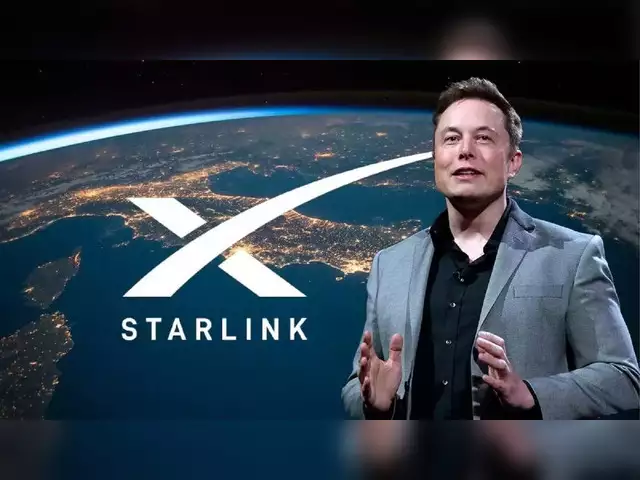Starlink, the satellite internet service spearheaded by Elon Musk, is on the verge of launching its services in India after receiving key regulatory approval from the Indian National Space Promotion and Authorisation Centre (IN-SPACe). This authorization marks a significant step forward for the company, potentially transforming internet accessibility in remote and underserved regions of the country.
With the approval from IN-SPACe, Starlink has cleared the final regulatory hurdle required to begin commercial satellite broadband operations in India. This makes Starlink the third company, following OneWeb and Reliance Jio, to receive the necessary clearances to operate in the Indian market. The authorization granted to Starlink Satellite Communications Private Limited (SSCPL) allows them to provision its low-earth orbit (LEO) satellite constellation, Starlink Gen1. This authorization is valid for five years from the date of authorization or the end of the operational life of the Gen1 constellation, whichever is earlier.
To fully launch its services, Starlink must still acquire spectrum from the government and establish ground infrastructure. The Department of Telecommunications (DoT) is expected to grant trial spectrum to Starlink for security compliance demonstrations. The company has also signed its first commercial agreements with Very Small Aperture Terminal (VSAT) service providers in India. VSAT providers offer satellite-based internet and communication solutions, which are particularly valuable in areas with limited or no terrestrial connectivity.
Sources suggest that Starlink may begin offering services in India by late 2025 or early 2026, assuming all goes according to plan. The company aims to provide internet services via a network of low-Earth orbit satellites. These satellite communication (Satcom) services are expected to improve connectivity in remote and interior regions where traditional telecom infrastructure is limited or economically unviable.
While Starlink has obtained its Global Mobile Personal Communication by Satellite (GMPCS) permit, a full-scale launch is still pending trial spectrum procurement and security compliance. Like its competitors, Starlink will need to procure trial spectrum and meet security compliances set by the DoT before being allowed to start its services commercially.
Notably, Starlink had previously attempted to enter the Indian market in 2021 but was instructed to stop services and refund customers because it had started accepting orders before receiving formal approval to operate in India. Now, with the necessary approvals in place, Starlink is poised to formally enter India's communication services sector.
The entry of satellite-based internet services is expected to significantly benefit various sectors in India, including education, healthcare, and disaster relief, by providing reliable communication solutions in challenging terrains. With Starlink's technology and infrastructure, remote schools can access online educational resources, telemedicine services can reach underserved populations, and emergency responders can maintain communication during natural disasters.















